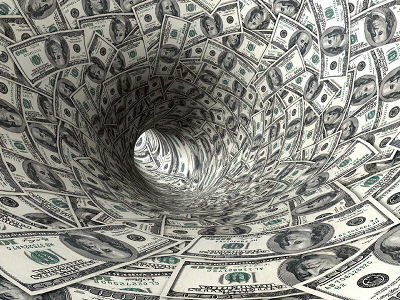How did children become "from valuable things" to "irreplaceable in price"?

ByColin Maynard
"Human value" is very abstract, but "litigation" converts human value into economic value. So writer'sAlex MayyasiInvestigated how much compensation can be obtained from parties whose negatives were lost by parents who lost their children due to the accident. I examined the transition of the amount of compensation from 1896, and found out interesting things.
How Children Went from Worthless to Priceless
https://priceonomics.com/the-price-of-a-child/
In 1896, parents who lost a child 2 years old due to the negligence of the south railway company in Georgia claimed that the child was working 2 dollars a month as a run-down, but the final By the way my parents got only funeral costs. The judge's judgment at this time was that "the defendant is not responsible for the damage because children at an aged age do not have the ability to make earnings." Meanwhile, in the lawsuit raised in 1979, $ 750,000 has been granted as damages to parents of a 3 year old child who died of fluoride from a dentist and died. And as of 2017 there is no need to calculate the economic value of children lost in court.

ByDrew Hays
Published in 1985 "Pricing the Priceless Child: The Changing Social Value of ChildrenIn the book of "Author and sociologist Viviana Zelizer" describes how children's handling in the United States and Europe has changed. According to it, in the 18th century the death of children and infants is "an insignificant event", one example of which is that a French philosopher said, "I lost two or three children I am sorry but I do not have deep sorrow ". In the UK there is no evidence that the symbol of mourning was raised when a young child died, and in France it was usual to bury the death of the child in the garden instead of the cemetery. Also, in the United States, newborns are called "it" and "small others", and although children were sad when children died, it was common that children born next were often given the name of the child who died Thing.
Mr. Zelizer considers the turning points when the sanctified children were in the late 1800s and early 1900s. In this era, middle class reformers took action to oppose children's labor, pushed against the opposition of working-class parents relying on children's labor force, passed the bill. In the field of public health, the goal is to lower infant mortality as a goal, and if a child is killed by a car accident, it seems that sadness and anger that had not been so far began to be expressed . From such a flow, it turns out that "children", which are economically valuable but not sentimental, have changed into emotionally valuable "treasures" which are economically not worth but valuable I will.
Child labor has ceased as children become sanctified, and parents have come to receive allowances instead. Also, children adopted as adoptions have liked young people with labor, but adorable babies will be preferred although there is no labor force. And, as in the beginning, in the lawsuit when the child died in the accident, the amount of money that the child could earn was not calculated, and the emotional factors such as the suffering of the parents caused by the death of the child were considered It began to be done.
In other words, the idea that "children are the future" is a relatively recently born though even a fact.

ByAnna Rygało
Changes in the value of children are influenced by economic factors such as the support of workers who want to reduce wage competition and the extension of schooling period of children of middle class, but so rapidly "Child It was economically unpredictable that the idea of "treasure" would penetrate. From this, Zelizer insists that "the economy has no influence on the culture, but the culture influences the economy".
Related Posts:
in Note, Posted by darkhorse_log







